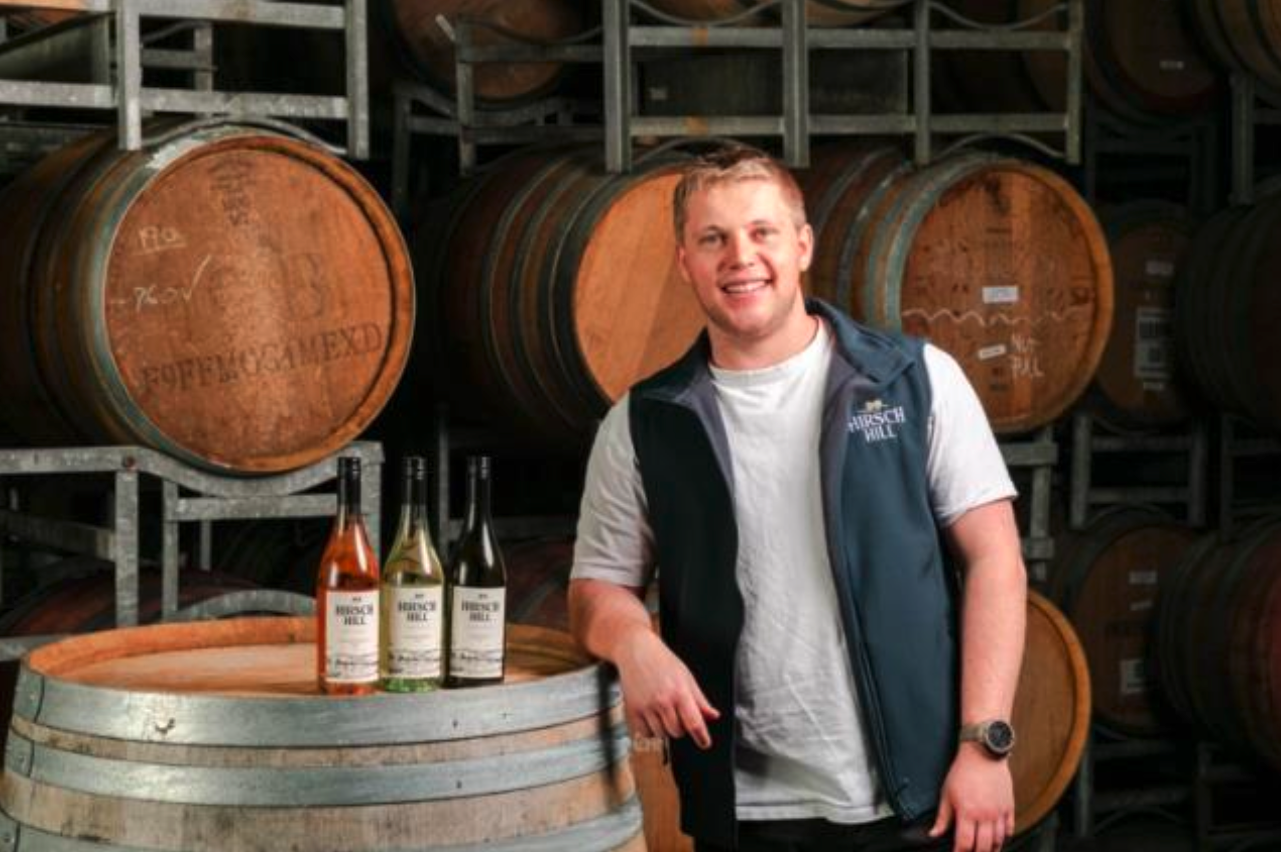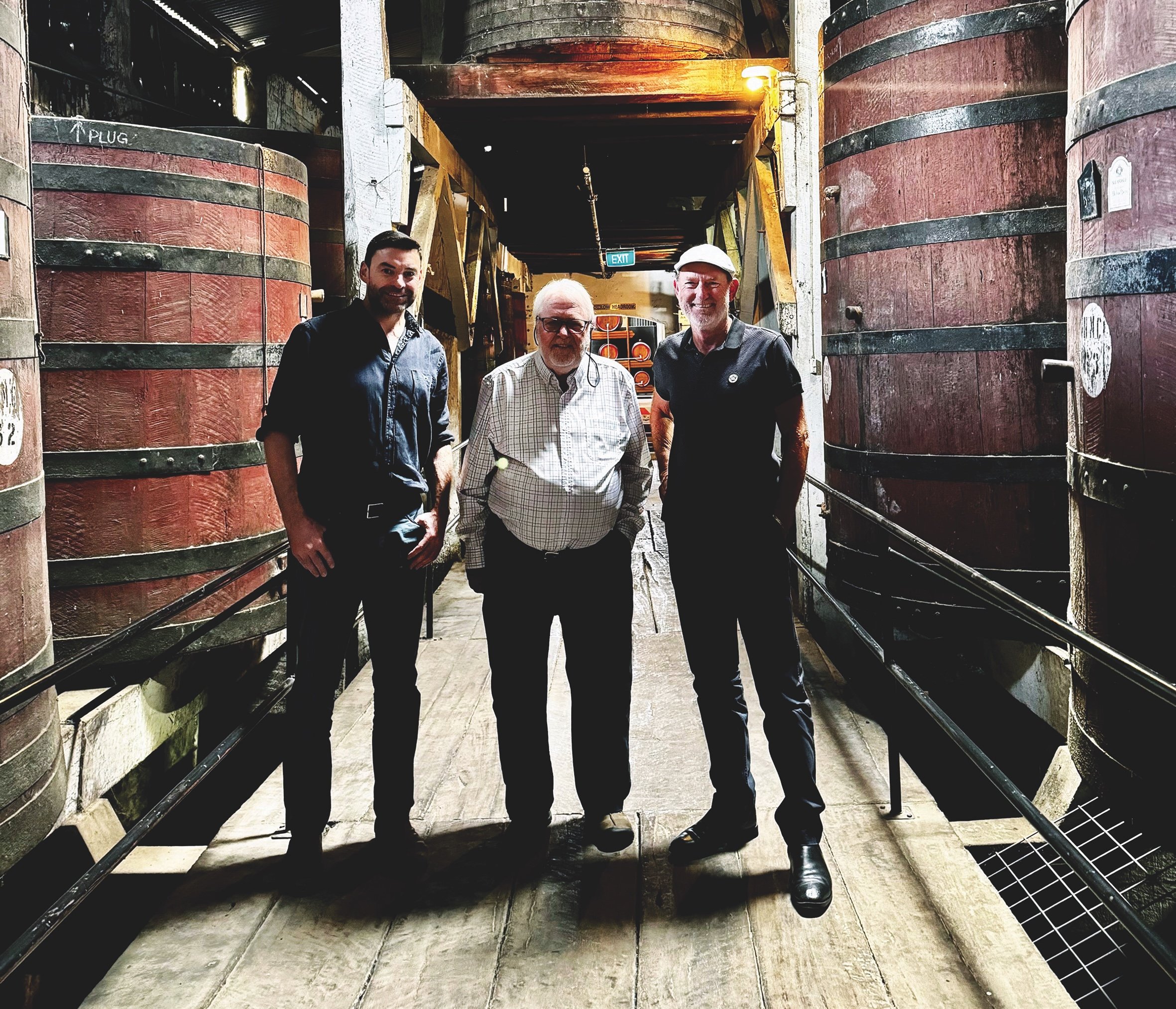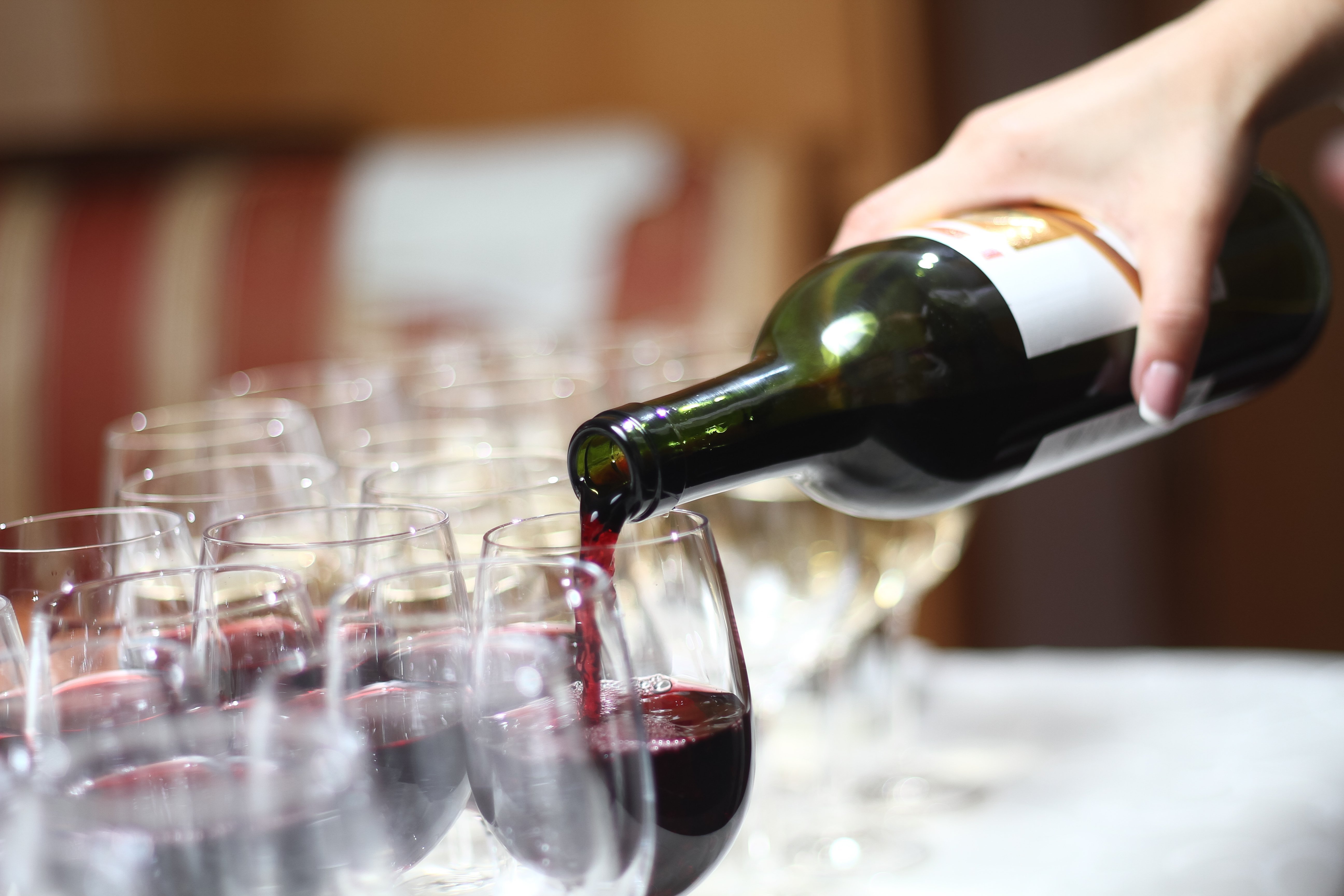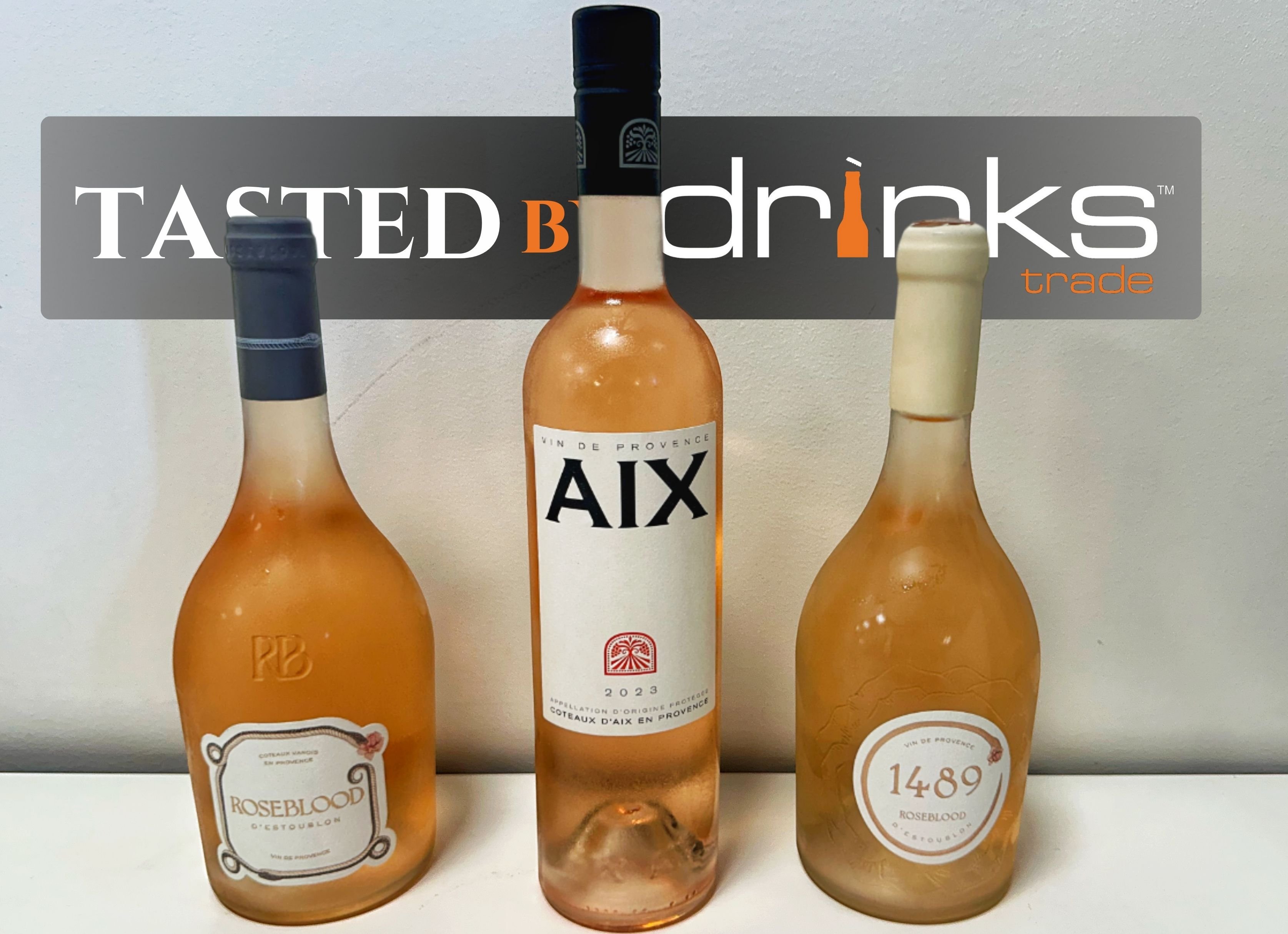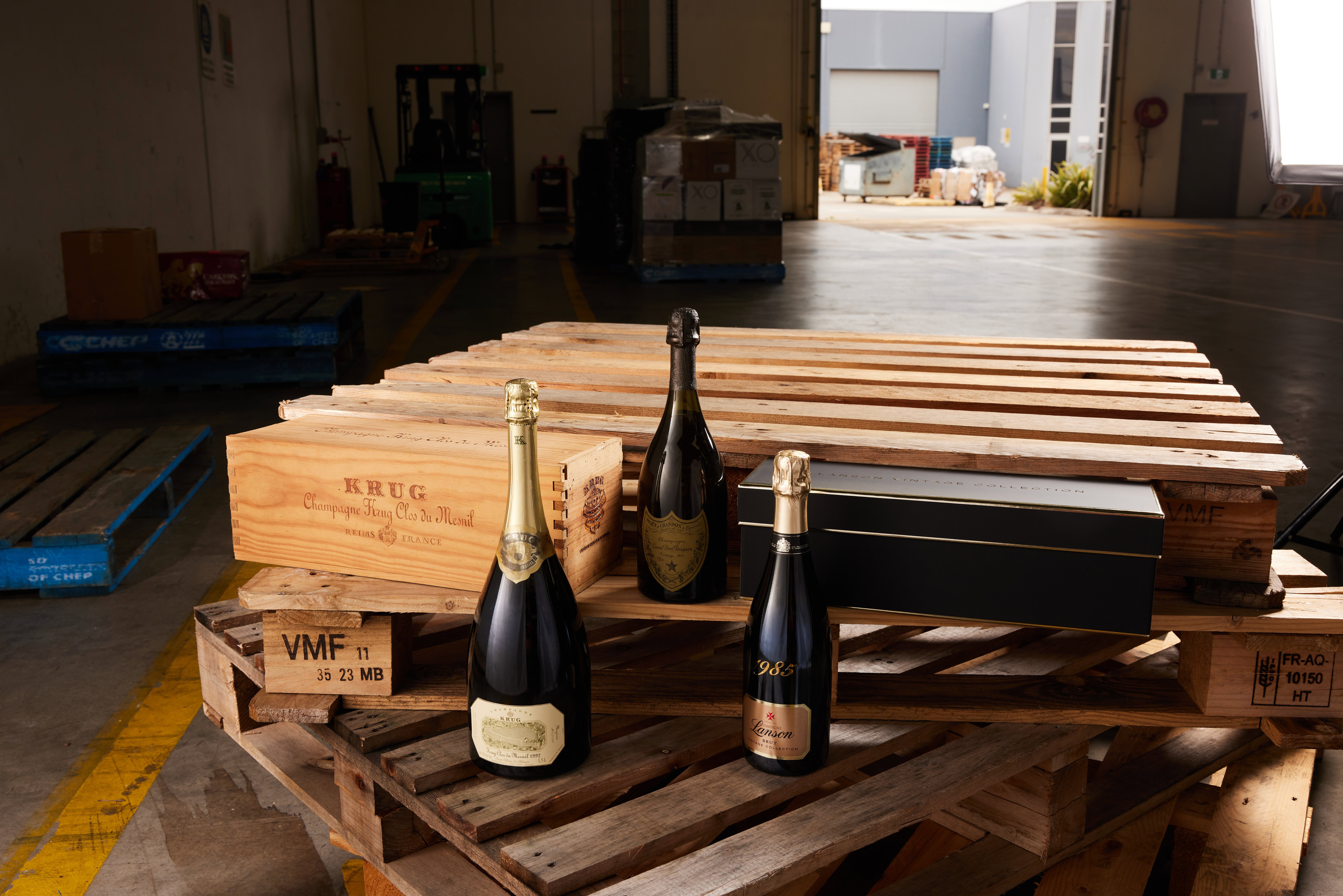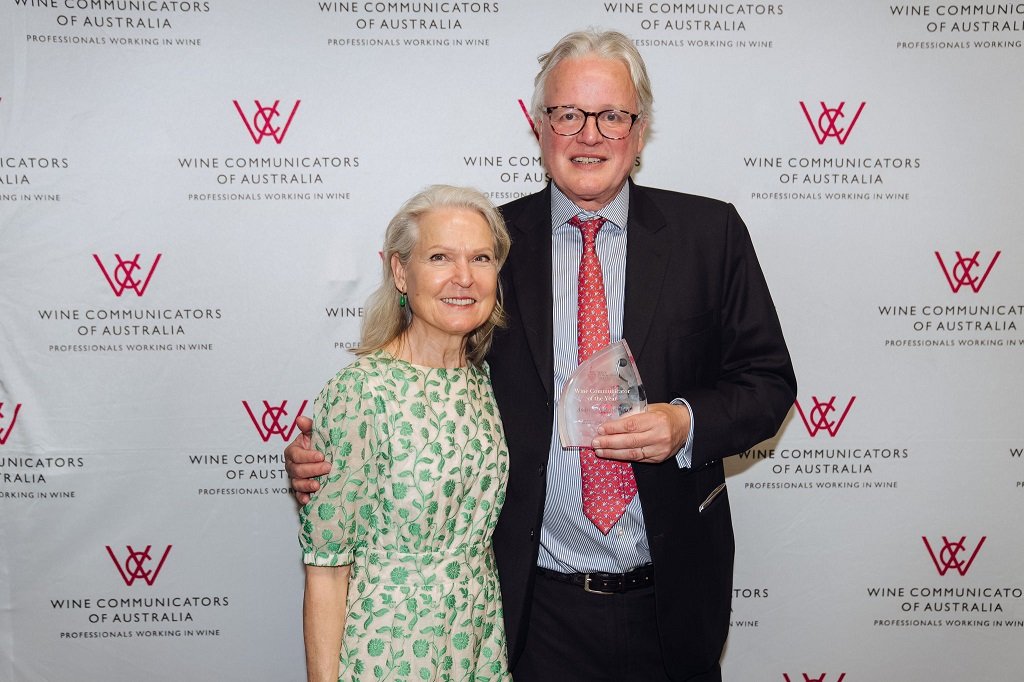Peter Lehmann Wines celebrates 30 years of Stonewell Barossa Shiraz with a tasting of 17 outstanding vintages from the first to the last.
The story of Peter Lehmann and Barossa Shiraz is one of passion and commitment. As the great man said - when God invented Shiraz, he did so with the Barossa in mind.
Having escaped the blight of phylloxera that hit France hard in the late 19th century, the Barossa is home to some of the oldest Shiraz vines in the world. Peter Lehmann chose to showcase this grape and its adopted terroir at its very best through the Stonewell label.
For his signature wine, Lehmann approved only the highest quality, low-yielding and intensely concentrated fruit from the region's top growers. He referred to the berries for Stonewell as ‘little black jewels’.
The latest vintage of Stonewell is the 30th vintage, and so to celebrate the milestone, a few of us wine media people were honoured with the privilege to taste 17 vintages of Peter Lehmann Stonewell Barossa Shiraz to pay homage to this iconic Barossa Shiraz and its founder.
The vintage wines presented by Peter Lehmann chief winemaker Nigel Westblade, viticulturist and winemaker Jade Rogge and Peter Lehmann stalwart Malcolm Stopp began with the first vintage of 1987 and finished with the latest release, 2017.
The original intent of Lehmann and then chief winemaker Andrew Wigan was to hold the wine for five years before release. This wine, like the great Hermitage wines of the Northern Rhone, was crafted to ensure great longevity, rewarding in years to come with grace and complexity.
One repeated theme in the discussions around Stonewell was the importance of the ongoing relationship with the growers. Lehmann forged strong grower partnerships that have subsequently spanned decades and generations.
Indeed, the growers were always top of mind for Peter Lehmann. In the 1970s, he established his first winery, Masterson, named after fictional gambler Skye Masterson, during a Shiraz glut and processed the oversupply of grapes.
In the early days of Stonewell, there were just a few Barossa Shiraz growers contributing fruit to the wine, and today, they are still part of the Stonewell family. These include families such as the Schrapels, the Hammerlings, the Falkenbergs and the Hampels.
On tasting the Stonewells, it was interesting to note the style evolution to meet consumer preferences over the decades. The early years were aged in American oak with lower alcohol, but as consumers desired weightier Shiraz's, also known as the Robert Parker Jr effect, Stonewell gradually increased its alcohol levels.
The oak treatment also evolved. In the later years, starting with the 1996 vintage, Stonewell moved from American to French, and gradually, the wine saw less time in oak to allow for the intense fruit flavours of the quality Shiraz fruit to shine through.
The older vintages showed remarkable vivacity and structure for their age with desirable earthy tertiary characters and dried muscatel flavours, while the later vintages punched with intense flavours of stewed plum and dark chocolate with fine drying tannins and excellent length.
Great vintages included the 1998, referred to by Peter Lehmann as the GOAT for its perfect growing conditions. The 1996 was also excellent with its concentrated blackcurrant and bramble fruit, complexity, fine tannins and abundant length. As for the older vintages, the 1989 in magnum was also a delight as it put Stonewall on the map when it won the coveted Jimmy Watson trophy. Given its 34 years, it still boasted structure, complexity and length.
Stonewell Barossa Valley Shiraz is a revered expression of an Old World grape adopting its New World terroir as its spiritual home.
Stonewell retails for RRP $100 per bottle, exceptional value when compared to its peers in this super premium wine space.
Share the content

